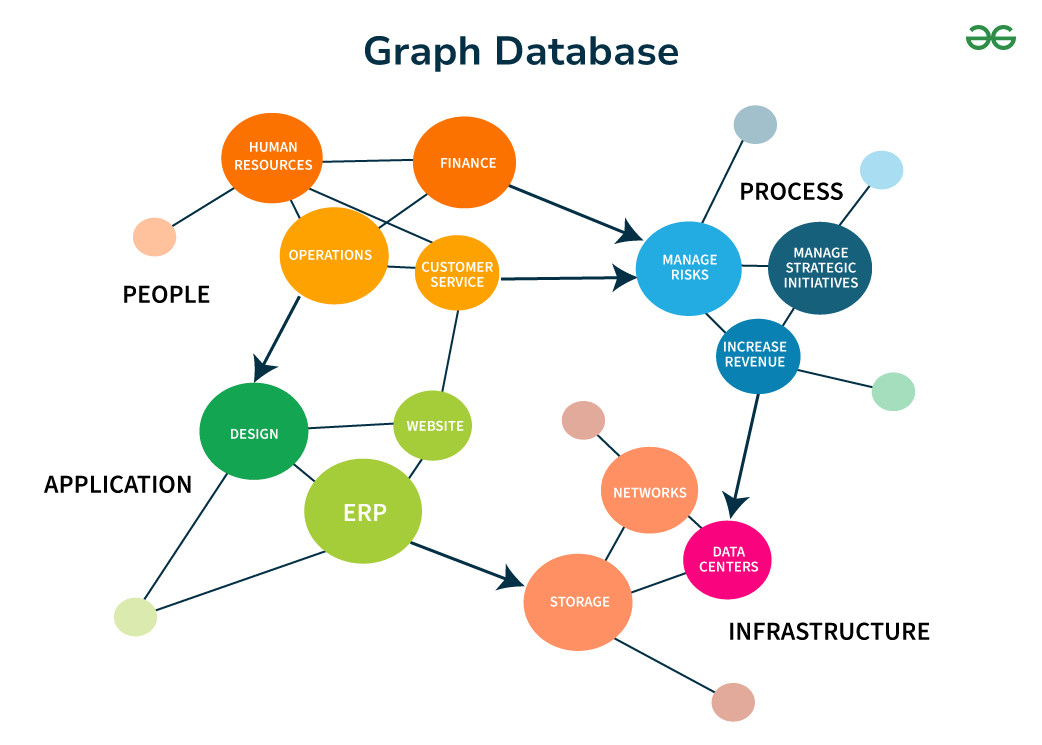Is Neo4j a Graph Database?
Neo4j is indeed a graph database. But what exactly does that mean? In the world of databases, there are various types such as relational databases, document databases, key-value stores, and graph databases. Each type is designed to store and retrieve data in a specific way.
So, what sets Neo4j apart as a graph database? Graph databases are optimized for handling complex relationships between entities. In a graph database, data is stored in nodes (entities) and edges (relationships). This model makes it easy to represent and navigate connections between different data points, making it ideal for scenarios where relationships are as important as the data itself.
Neo4j, as a graph database, uses a property graph model. This means that nodes and relationships can have properties or attributes associated with them. These properties can provide additional information about the data, making it more versatile and rich in context.
One of the key features of Neo4j is its query language, Cypher. Cypher is specifically designed for querying graph data and makes it easy to express complex relationship patterns in a simple and intuitive way. This makes querying a graph database like Neo4j much more straightforward compared to traditional SQL queries used in relational databases.
Graph databases like Neo4j are being increasingly used in various fields such as social networks, recommendation engines, fraud detection, and network and IT operations. The ability to model and query complex relationships efficiently makes graph databases a powerful tool for tackling real-world problems that involve intricate connections between data points.
So, if you’re looking for a database that excels in handling relationships and interconnected data, Neo4j is definitely worth considering. Its graph-based approach can provide valuable insights, reveal hidden patterns, and unlock new possibilities for your data-driven applications. Give Neo4j a try and discover the power of graph databases for yourself!
